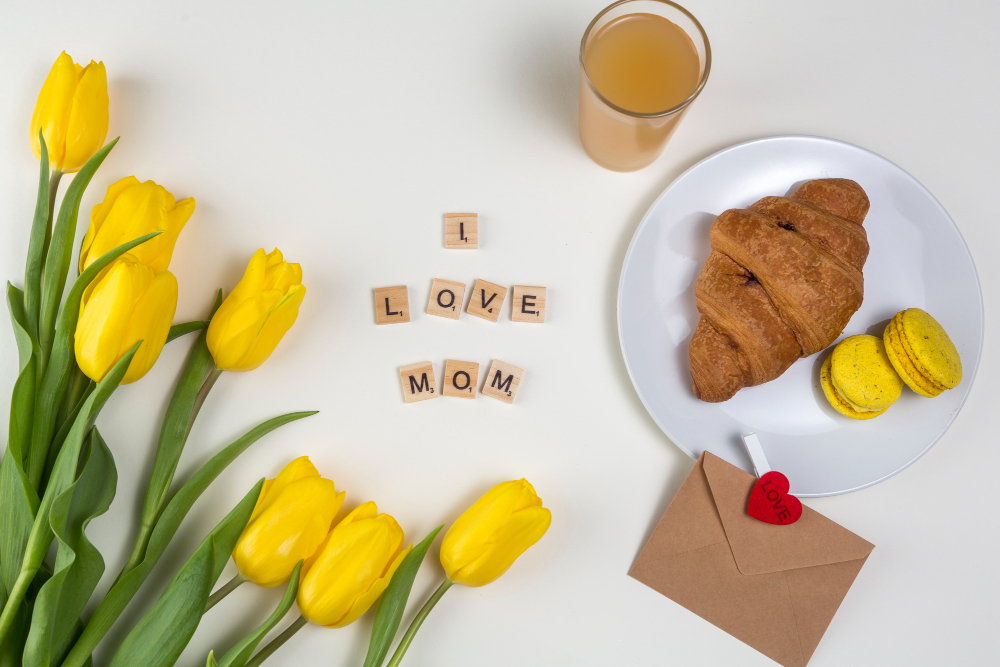Saying “thank you” is one of the most essential phrases in any language. It shows gratitude, politeness, and appreciation. If you’re learning Dutch or planning to visit the Netherlands or Belgium, knowing how to say “thank you” in Dutch will help you connect with locals and leave a positive impression.
In this guide, we’ll cover:
- The most common ways to say “thank you” in Dutch
- Formal and informal variations
- Regional differences
- Non-verbal ways to express gratitude
- Cultural tips for saying thanks in the Netherlands and Belgium
Let’s dive in!
1. The Most Common Ways to Say “Thank You” in Dutch
1. Dank je / Dankjewel (Informal)
- Pronunciation: dank yuh / dank-yuh-vel
- Meaning: “Thank you” or “Thanks a lot”
- Usage: Casual, used with friends, family, or peers.
Example:
- Someone hands you a coffee → “Dank je!”
2. Dank u (Formal)
- Pronunciation: dank ew
- Meaning: “Thank you” (polite)
- Usage: Used with strangers, elders, or in professional settings.
Example:
- A waiter serves your food → “Dank u!”
3. Bedankt (Neutral)
- Pronunciation: buh-dankt
- Meaning: “Thanks”
- Usage: Works in both casual and slightly formal situations.
Example:
- A colleague helps you → “Bedankt!”
4. Hartelijk bedankt (Warm & Appreciative)
- Pronunciation: har-tuh-luk buh-dankt
- Meaning: “Heartfelt thanks”
- Usage: When you’re very grateful.
Example:
- Someone gives you a gift → “Hartelijk bedankt!”
5. Ontzettend bedankt (Very Grateful)
- Pronunciation: on-tet-sund buh-dankt
- Meaning: “Thanks a ton” or “Thanks so much”
- Usage: For big favors or extreme gratitude.
Example:
- A friend helps you move → “Ontzettend bedankt!”
2. Formal vs. Informal “Thank You” in Dutch
Dutch, like many European languages, has formal and informal ways of speaking.
When to Use Informal “Dank je”
- With friends, family, and children
- Among peers or colleagues you know well
- In relaxed social settings
When to Use Formal “Dank u”
- With strangers (especially older people)
- In business meetings
- With service staff (unless they’re young and informal)
Pro Tip: If unsure, start with “Dank u”—it’s better to be too polite than too casual!
3. Regional Variations in Dutch Thank-Yous
Dutch is spoken in the Netherlands and Belgium (Flemish Dutch), and there are slight differences.
In the Netherlands
- “Dank je wel” is very common.
- “Bedankt hè!” (informal, with a friendly tone).
In Belgium (Flemish Dutch)
- “Merci” (borrowed from French, very common in Flanders).
- “Dank u wel” is also used but less than “Merci.”
Example in Belgium:
- “Merci voor de hulp!” (Thanks for the help!)
4. Other Ways to Express Gratitude in Dutch
“Ik waardeer het” (I appreciate it)
- Pronunciation: ik waar-deer hut
- Usage: For deeper gratitude.
“Super bedankt!” (Super thanks!)
- Pronunciation: sy-per buh-dankt
- Usage: Very casual, among friends.
“Dank je wel, dat is lief!” (Thank you, that’s sweet!)
- Pronunciation: dank yuh vel, dat is leef
- Usage: When someone does something kind.
5. Non-Verbal Ways to Say Thanks in Dutch Culture
In addition to words, Dutch people express gratitude through:
1. A Smile & Nod
- A simple smile with “Dank je” is polite.
2. Handshake or Hug (Among Friends)
- Close friends may hug after saying thanks.
3. Returning the Favor
- Dutch culture values reciprocity—if someone helps you, they may appreciate a favor in return.
4. Sending a Thank-You Message
- A text like “Bedankt voor je hulp!” (Thanks for your help!) is common.
6. Common Dutch Thank-You Phrases in Context
| Situation | Dutch Phrase | English Meaning |
|---|---|---|
| Receiving a gift | “Dank je wel, wat leuk!” | “Thank you, how nice!” |
| After a meal | “Bedankt voor het eten!” | “Thanks for the food!” |
| When leaving a party | “Dank voor de gezelligheid!” | “Thanks for the fun!” |
| In a shop | “Dank u, fijne dag!” | “Thank you, have a nice day!” |
7. How to Respond to “Thank You” in Dutch
When someone thanks you, you can reply with:
- “Graag gedaan” (“You’re welcome”) – Most common
- “Geen probleem” (“No problem”) – Casual
- “Altijd goed” (“Always good”) – Friendly
Example:
- “Dank je voor de hulp!” → “Graag gedaan!”
8. Dutch Thank-You Etiquette: Do’s and Don’ts
Do’s
Use “Dank u” with strangers.
Smile when saying thanks.
Return favors when possible.
Don’ts
Overuse “Merci” in the Netherlands (it’s more Belgian).
Be overly formal with close friends.
9. Practice Your Dutch Thank-Yous!
Try using these phrases in daily conversations:
- At a café → “Dank u wel!”
- When a friend helps → “Super bedankt!”
- Receiving a compliment → “Dank je, dat is aardig!” (Thanks, that’s kind!)
10. Final Thoughts
Learning how to say “thank you in Dutch” (“dank je” or “dank u”) is a small but powerful way to show respect and appreciation. Whether you’re traveling, making Dutch friends, or doing business, these phrases will help you communicate warmly.

